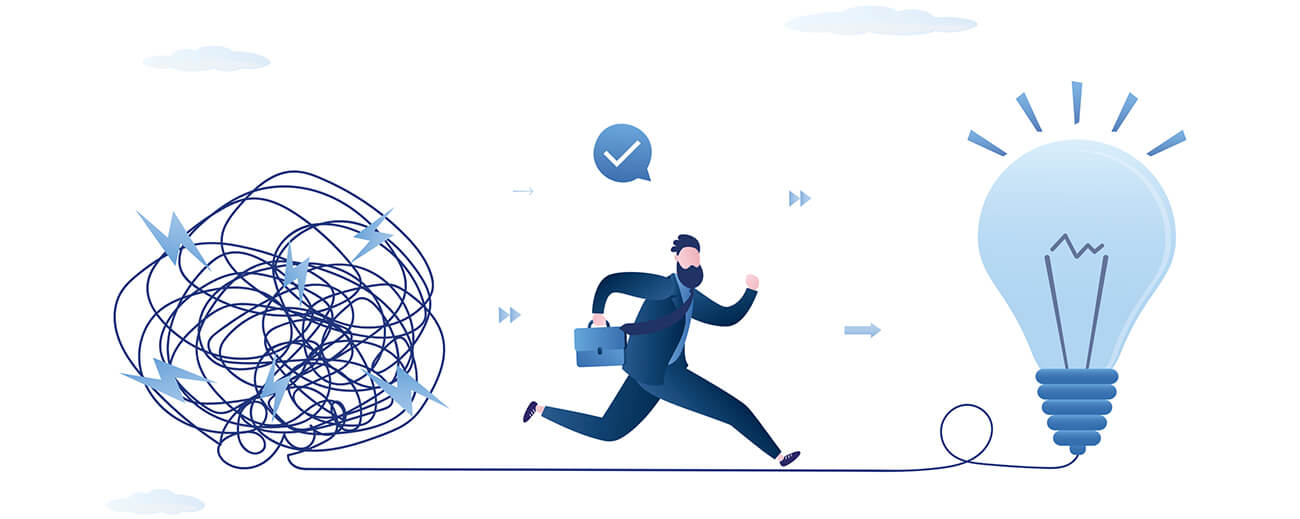When leaders intentionally spend time working on the business instead of always working in the business, they lay the foundation for a continuous improvement culture that naturally grows and matures.
When’s the last time you stepped back from operations, put your feet up on the desk, and really reflected on what’s happening in your business, what strategic direction you should be taking, and how to best drive the breakthrough performance you envision going forward? Maybe you can’t remember. Or worse, maybe you can. But you can’t put your finger on any tangible results that came out of the exercise.
It's no secret that executives and leaders are busy. According to a Harvard Business Review study and article on How CEOs Manage Time, most CEOs maintain a grueling schedule with many different demands constantly competing for their attention. Yet they still manage “to schedule adequate uninterrupted time by themselves so that they can have space to reflect and prepare for meetings.” This time is viewed as vital to success. Countless other studies and researchers have illustrated the importance of taking breaks to give the brain time to think and generate new ideas as well as to ensure higher levels of productivity, creativity, and engagement with the work.
Unfortunately, too many leaders either don’t engage in the practice of taking strategic thinking breaks, or they don’t do it as effectively as they could.
Follow these five steps to unlock the power of reflection.





